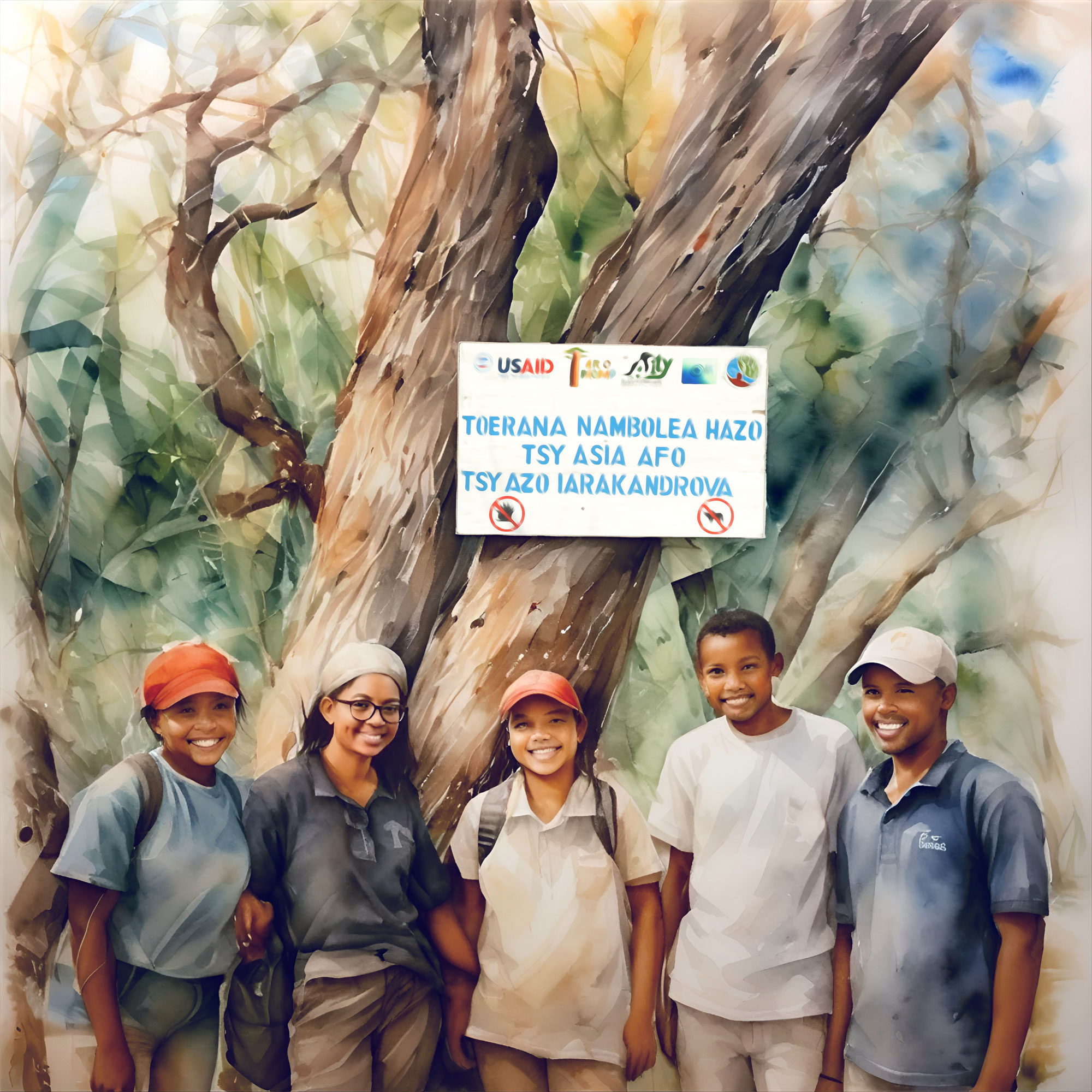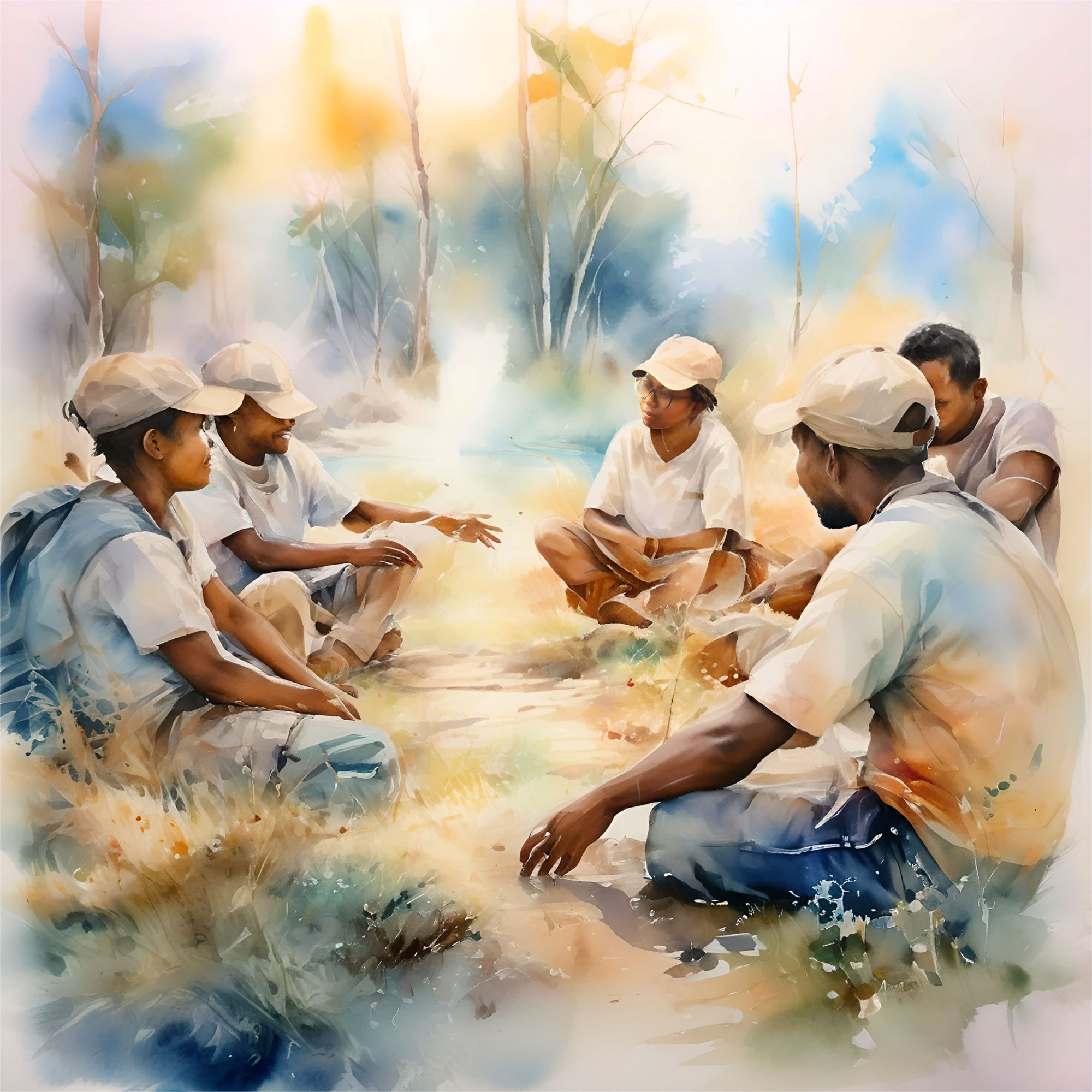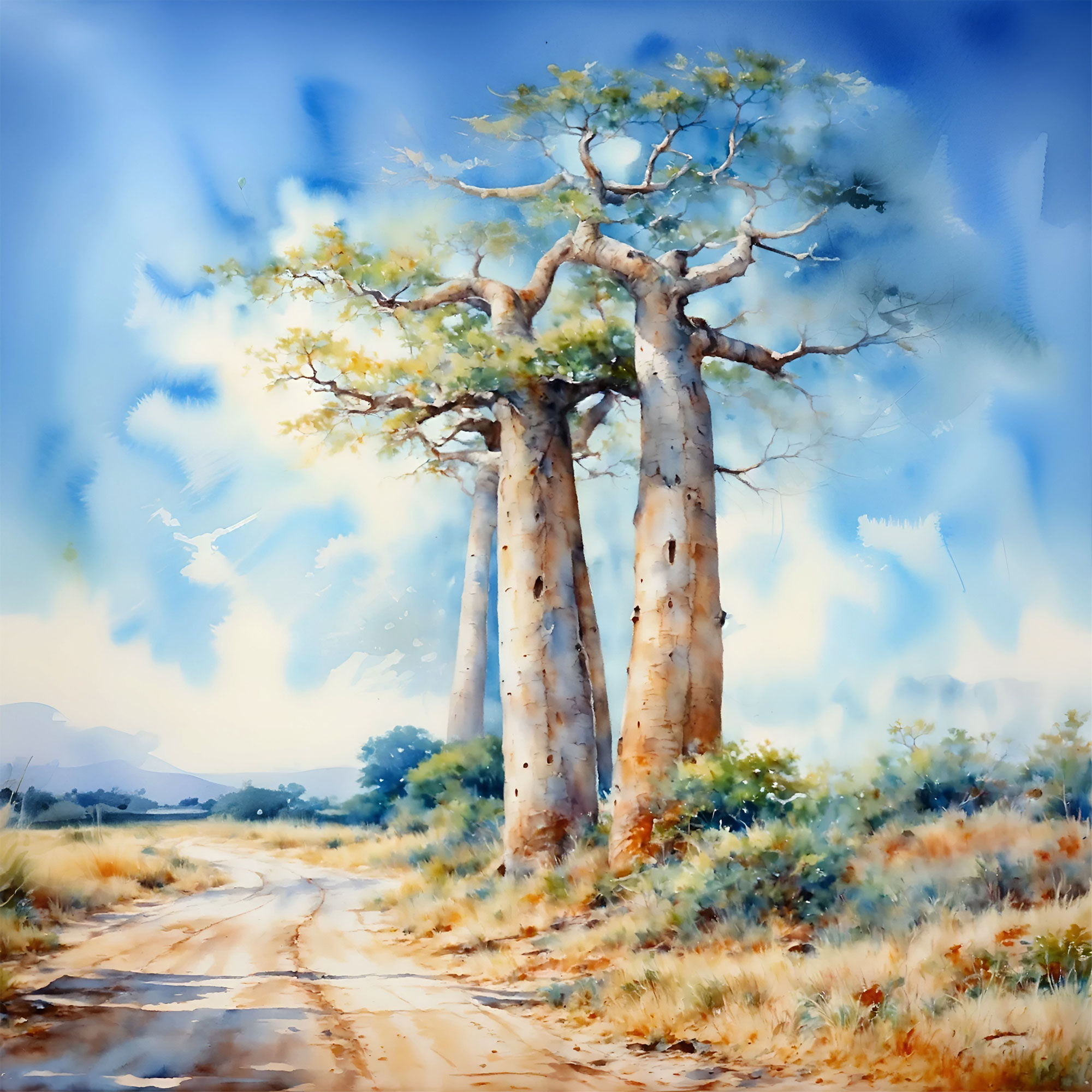Madagascar
Saving the Baobab Trees
Seheno Andriantsaralaza was destined to challenge stereotypes from the get-go. Growing up, while her peers were captivated by the allure of Madagascar’s warm, sandy beaches, she found solace in the quiet embrace of the woods, where towering baobabs and curious lemurs became her companions.

Stepping into adulthood, Seheno’s dreams were met with a wall of skepticism. Society’s norms dictated that women should prioritize marriage over professional aspirations, and conservation work was largely seen as the preserve of foreigners and men. Seheno not only dispelled these notions, but she also excelled while doing it. Getting her PhD in Biology and Ecology while raising a child was a testament that Malagasy women could pursue both ambition and family.
Engaging in research collaborations with other scientists proved to be a rewarding experience for Seheno. However, she was astonished to discover that while foreign researchers possessed a profound knowledge of Madagascar’s biodiversity, many Malagasy people, including herself, were not well-informed about their natural heritage. She felt obligated to instill a sense of awareness and responsibility among Malagasy people towards the wonders that make their homeland so extraordinary.

Seheno’s research uncovered a stark reality: Six of the eight Baobab species worldwide are native and endemic to Madagascar. But these trees, revered as the island’s lifeline for their vital contributions to local communities and ecosystems, faced an urgent threat. In their need to find areas for agriculture, people were cutting down trees in forests to clear land for farming. Large companies were also clearing forests to grow and export corn products. These activities posed a huge challenge to the baobab’s survival.


Compounding the issue, giant lemurs, once responsible for consuming baobab fruits and dispersing their seeds, were long extinct. How could baobabs survive with the twin threats of human activity and the loss of their primary seed dispersers? The solution, Seheno realized, rested in human intervention.
She initiated community-led projects to restore baobabs and their habitats and identified women as the primary stewards who would play a key role in ensuring their success. However, men dominated decision-making related to conservation work. When she proposed involving more women in the process, she faced resistance.


Instead of directly challenging the existing norms, Seheno collaborated with the local community members to find a compromise. The result was a groundbreaking approach that allowed women to take leadership roles in maintaining tree nurseries while men continued with tasks such as forest patrolling. This inclusive strategy broke new ground by involving women in conservation efforts and helped men recognize the importance of women’s contributions. Her approach marked a significant step forward in restoring baobabs and their habitats while fostering a more inclusive approach to conservation.


Known as “the Tree of Life”, the baobab is a prehistoric species predating both mankind and the continental split. These iconic trees, capable of living up to 3,000 years, serve a multitude of purposes, including providing shelter, food, and water for both animals and humans. Every part of the baobab tree is valuable, with uses ranging from turning bark into rope and clothing to utilizing seeds for cosmetic oils. The popularity of baobab powder as a superfood has surged, making it available in health food stores worldwide.
Beyond their practical uses, baobabs hold cultural significance. They feature prominently in African oral stories and appear in popular media such as Disney’s Lion King, Avatar, Madagascar, and the renowned children’s novel The Little Prince.
Despite these benefits, baobab trees face challenges to their survival, highlighting the need to implement effective measures to ensure their preservation.

Consider these tips:
Personal
In your daily life, consider prioritizing locally grown food. Because when consuming food that originates from distant locations, it’s hard to determine whether it was produced sustainably.
As we have learned, forests in Madagascar are being cut down for corn products that are sold around the world. If you opt for local food, you can be sure your choices aren’t part of the problem.
Community
Organize a community movie night featuring films like Lion King, Avatar, or Madagascar, where the baobab tree is prominently featured. Encourage participants, especially children, to do some research beforehand to learn about the numerous uses of the baobab tree.
During the movie, pause at moments highlighting the baobab and have everyone share one use they’ve learned. This interactive approach can increase awareness about the baobab’s significance and motivate individuals to take action to preserve this iconic species.
Share Your Ideas
Share your ideas:
We would love to hear from you! The baobab has over 300 life-sustaining uses. Are there any that you are aware of and would like to share? Please send your story to engage@daughtersforearth.org. You can support all Daughters by visiting our website and becoming part of the solution here.



 Donate
Donate